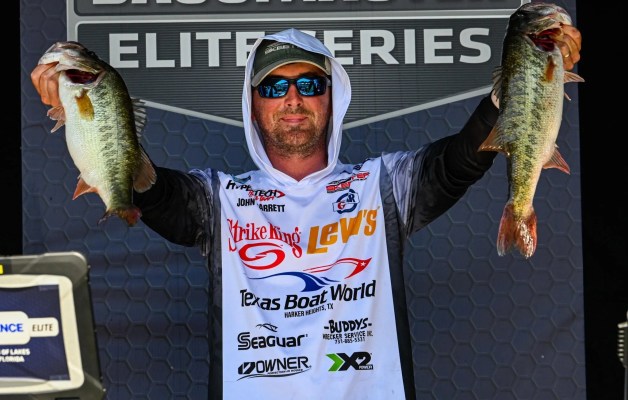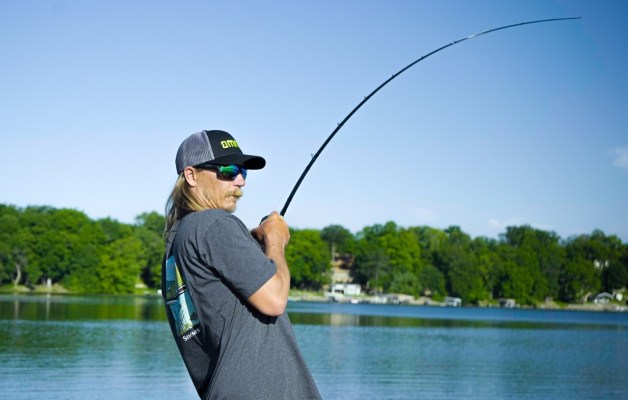Let's catch some fall and early winter bass over the next few weeks. We'll start with the early fall transition. I define that concept as the movement of bass from their summer haunts into their fall feeding areas.
Remember, summer bass are found in three places — deep, thick and in current. That's where we start our search. From there they'll move into the same general places they spawned a few months earlier in the year.
They will not, however, move in a straight line. Nor will they all move at one time. No, they move along well-defined paths, stopping frequently at especially favorable places and almost always in staggered groups.
By a well-defined path, I mean something like a channel, a break, a flooded stump row, a flooded fence, or maybe even a row of deep water docks. To find those highways, you need to look at your maps and make good use of your electronics. Think about a winding, meandering path that'll lead them back to a spawning area, and you'll be on the right track.
Once you've identified their path, you need to look for their resting places. This'll usually be something different, but still on the highway. Sharp turns, barren spots, or some other underwater anomaly will be your best bet.
All of that notwithstanding, keep in mind that the early fall transition is a feeding movement. The bass are looking for forage. If it isn't there, they won't be there either. I rarely, if ever, make a cast at this time of the year if I don't see baitfish activity on the surface or on my electronics.
And, if I find a sweet spot along their path, I always return to it until I'm certain the bass are all up shallow. It's not unusual to catch bass from a resting spot every few days for a month or more. Sometimes they move in small bunches. At other times, they'll move in huge waves. But they never move all at once. It just doesn't happen.
Once the first groups of bass hit the shallow spawning areas, it's game on. They'll bite with abandon and don't seem to be a bit shy about being hooked more than once. For those of us who like the action fast and furious — that's all of us, I think — it's a dream come true.
It's possible to catch a few in their spawning areas and then move out and catch a few more along the path into those areas. Sometimes you can repeat that pattern from daylight to dark for days at a time.
One final tip before I go: If you're fishing creeks and inflows, always concentrate on those that have flowing water running into the back of them. For whatever reason, they produce more, and much bigger, bass.
Next week we'll talk about how to match the hatch at this time of year with your favorite crankbait.





